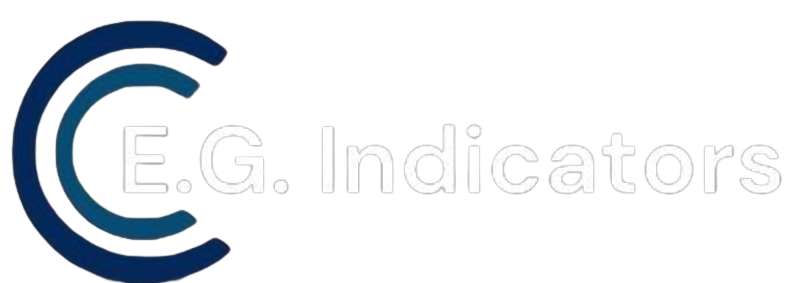In trading, understanding the relationship between different assets can unlock valuable insights. Correlation, a measure of how two assets move relative to each other, is a vital tool for traders. Particularly in futures markets, where indices like the S&P 500 (ES) and Nasdaq 100 (NQ) often display high correlation, leveraging this relationship can significantly enhance decision-making. When combined with the E.G. Trigger Points—a precision-based indicator offering unparalleled support and resistance levels—correlation can act as a confluence method to bolster trading strategies.
Why Correlation Matters
Correlation in financial markets offers insights into how assets react to underlying market forces. A positive correlation means that two assets tend to move in the same direction, while a negative correlation suggests they move inversely. For ES and NQ, the correlation is often positive, as both indices reflect broader market trends influenced by overlapping economic and sectoral factors. This relationship makes them good candidates for correlation-based confluence strategies.
By analyzing the synchronized movements of ES and NQ, traders can confirm market trends or identify potential divergences. If both indices approach significant levels, such as the E.G. Trigger Points, their simultaneous reactions can provide higher confidence in a trade. Alternatively, if one index diverges, it can serve as a warning signal, prompting traders to reassess their strategies.
Understanding E.G. Trigger Point
The E.G. Trigger Point is an AI-driven indicator running on a dedicated cloud server that calculates support and resistance levels relevant to the current trading day. Delivered 10 hours before the market opens, these levels are based on historical imbalances and behavioral patterns of market participants. Unlike traditional support and resistance methods, the E.G. Trigger Point focuses on pinpointing specific price levels rather than broader zones, allowing traders to optimize entries and exits with single-tick precision.
When traders combine the E.G. Trigger Point key levels with correlation analysis, they create a dual-layered strategy; these key levels offer the exact price points to watch, while correlation validates whether price action aligns across related markets like ES and NQ. This combination improves the probability of identifying high-quality trades.
Practical Application: ES and NQ
Imagine ES is approaching a support level identified by the E.G. Trigger Points, while NQ is nearing a similar level. Observing how both indices react provides critical information. For instance, if both indices show signs of rejection—such as bullish candlestick patterns or increasing buying pressure detected by the E.G. Cumulative Delta indicator—it confirms the support is likely to hold. This confluence increases the likelihood of a reversal, offering a clear opportunity for a long position.
On the other hand, suppose NQ breaks its support while ES hesitates near its level. This divergence might suggest broader market weakness, signaling caution. Traders could wait for additional confirmation or adjust their strategies to account for the discrepancy between the indices. Correlation analysis thus acts as a second layer of validation, helping traders avoid false signals and improving decision-making under uncertainty.
Refining Entries and Exits
Combining the E.G. Trigger Point with correlation is not just about identifying entry points—it’s equally valuable for managing exits. Since ES and NQ are correlated, observing one index can help predict the other’s behavior. For example, if NQ begins to show signs of exhaustion near a resistance Trigger Point, it might indicate ES is also nearing a turning point, prompting traders to tighten stops or take profits.
Additionally, tools like the E.G. AI Accelerometer or Dynamic Fibonacci indicators can further refine these strategies. These tools offer insights into market momentum and retracement levels, enhancing the confluence provided by correlation and Trigger Points.
The Importance of Confluence in Trading
Confluence is the art of combining multiple techniques or indicators to strengthen trading decisions. Correlation and Trigger Points can create a helpful synergy, blending intermarket analysis with precise technical levels. This approach can minimize the risk of relying on a single indicator and provide traders with a comprehensive market view; it may reduce noise and false signals, offering clarity in even the most volatile markets. The ES and NQ example demonstrates how traders can use this method to identify actionable opportunities while managing risks more effectively.
Conclusion
Correlation as a confluence method, combined with E.G. Trigger Point, represents a sophisticated approach to trading. By aligning intermarket dynamics with AI-driven precision, traders can gain a significant edge in their analysis. The ES and NQ example underscores the practical benefits of this strategy, showcasing how correlation and key levels can work together to enhance both entries and exits.
Those looking to explore this combination further should join our Discord community: https://discord.gg/egindicators




